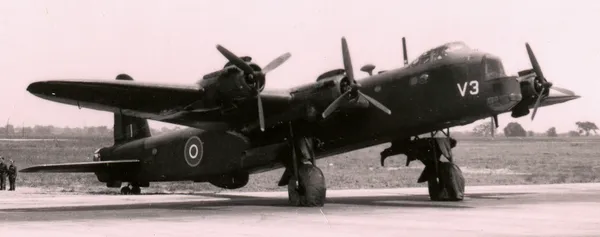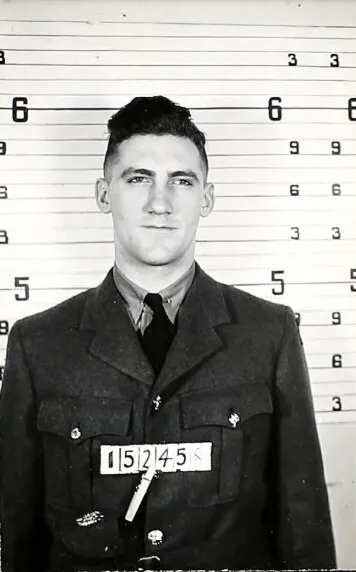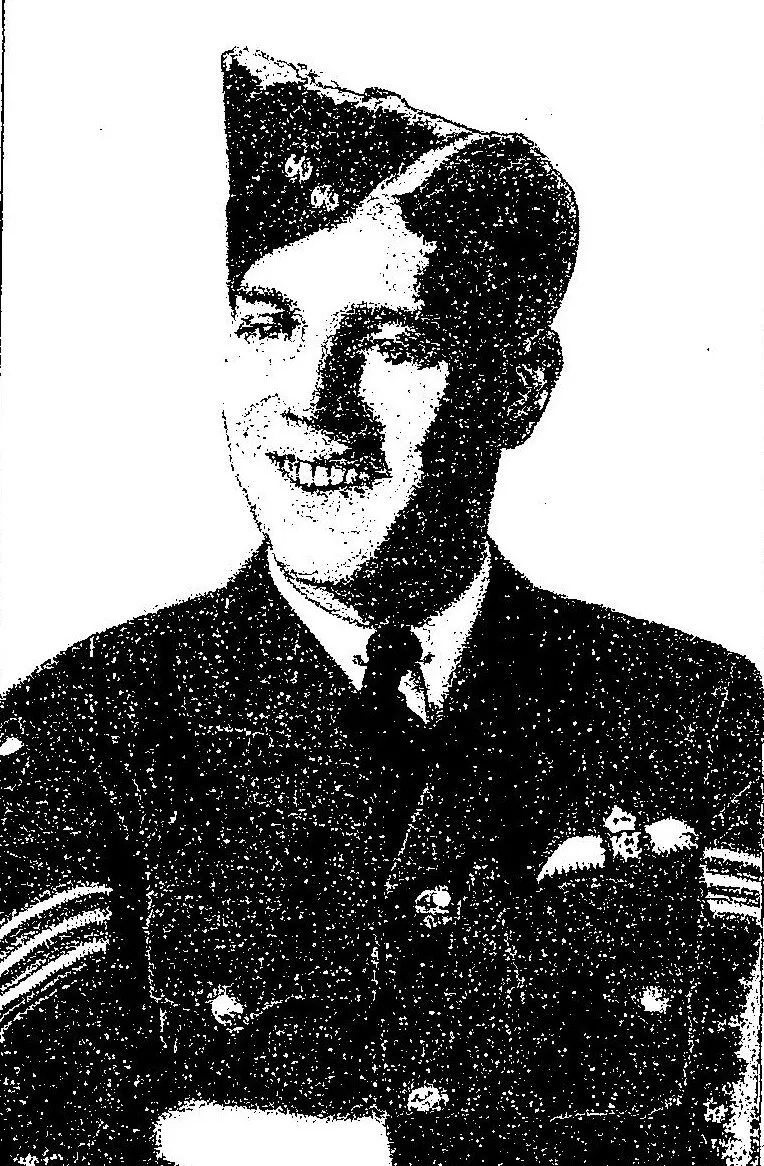Neale, G
Killed in Action 1944-09-20


Birth Date: unkown date
Born:
Home:
Enlistment:
Enlistment Date: Unknown
Service
BR Army
Unit
196 (SD) Sqn- Squadron (RAF)
Sic Fidem Servamus Thus we keep faith
Base
RAF Keevil
Rank
Driver
Position
Driver
Service Numbers
T/14435628
Target
 Oosterbeck, Arnhem
Oosterbeck, Arnhem
Stirling Mk. lV LJ988
Unspecified Oosterbeck, Arnhem 1944-September-20 to 1944-September-20
(SD) Sqn (RAF) Keevil
Market Garden
Stirling aircraft LJ 988 did not return from a re-supply operation over Holland.Warrant Officer E.W. Bancroft was also killed. Four RAF members of the crew, FS.s T.B. Cragg, C. Mabbott, A.J. Murphy, P/O. D.G. Benning and Driver (Dispatcher) AG. Neale were also killed. Driver (Dispatcher) A. Nye was captured POW
Stirling LJ988
Short Stirling

In June 1944, this Short S.29 Stirling B Mk. IV (Serial No. LK589), coded V3, RAF, was flown across the Atlantic as part of a navigation training exercise and did a tour of bases in Eastern Canada. It is shown here at Malton, Ontario. It was flown back to the UK after a two-week visit.
The Short Stirling was a British four-engined heavy bomber of the Second World War. It has the distinction of being the first four-engined bomber to be introduced into service with the Royal Air Force (RAF).
The Stirling was designed during the late 1930s by Short Brothers to conform with the requirements laid out in Air Ministry Specification B.12/36. Prior to this, the RAF had been primarily interested in developing increasingly capable twin-engined bombers but had been persuaded to investigate a prospective four-engined bomber as a result of promising foreign developments in the field. Out of the submissions made to the specification Supermarine proposed the Type 317, which was viewed as the favourite, whereas Short's submission, named the S.29, was selected as an alternative. When the preferred Type 317 had to be abandoned, the S.29, which later received the name Stirling, proceeded to production.In early 1941 the Stirling entered squadron service. During its use as a bomber pilots praised the type for its ability to out-turn enemy night fighters and its favourable handling characteristics whereas the altitude ceiling was often a subject of criticism. The Stirling had a relatively brief operational career as a bomber before being relegated to second line duties from late 1943. This was due to the increasing availability of the more capable Handley Page Halifax and Avro Lancaster, which took over the strategic bombing of Germany. Decisions by the Air Ministry on certain performance requirements (most significantly to restrict the wingspan of the aircraft to 100 feet) had played a role in limiting the Stirling's performance; the 100ft limit also affected earlier models of the Halifax (MkI & MkII) though the Lancaster never adhered to it.
During its later service, the Stirling was used for mining German ports; new and converted aircraft also flew as glider tugs and supply aircraft during the Allied invasion of Europe during 1944"“1945. In the aftermath of the Second World War, the type was rapidly withdrawn from RAF service, having been replaced in the transport role by the Avro York, a derivative of the Lancaster that had previously displaced it from the bomber role. A handful of ex-military Stirlings were rebuilt for the civil market.Wikipedia
 Library and Archives Canada Service Files (may not exist)
Library and Archives Canada Service Files (may not exist) RAF crash reports, Operation Market Garden
RAF crash reports, Operation Market Garden


 Wikipedia Short Stirling
Wikipedia Short Stirling Harold A Skaarup Web Page
Harold A Skaarup Web Page